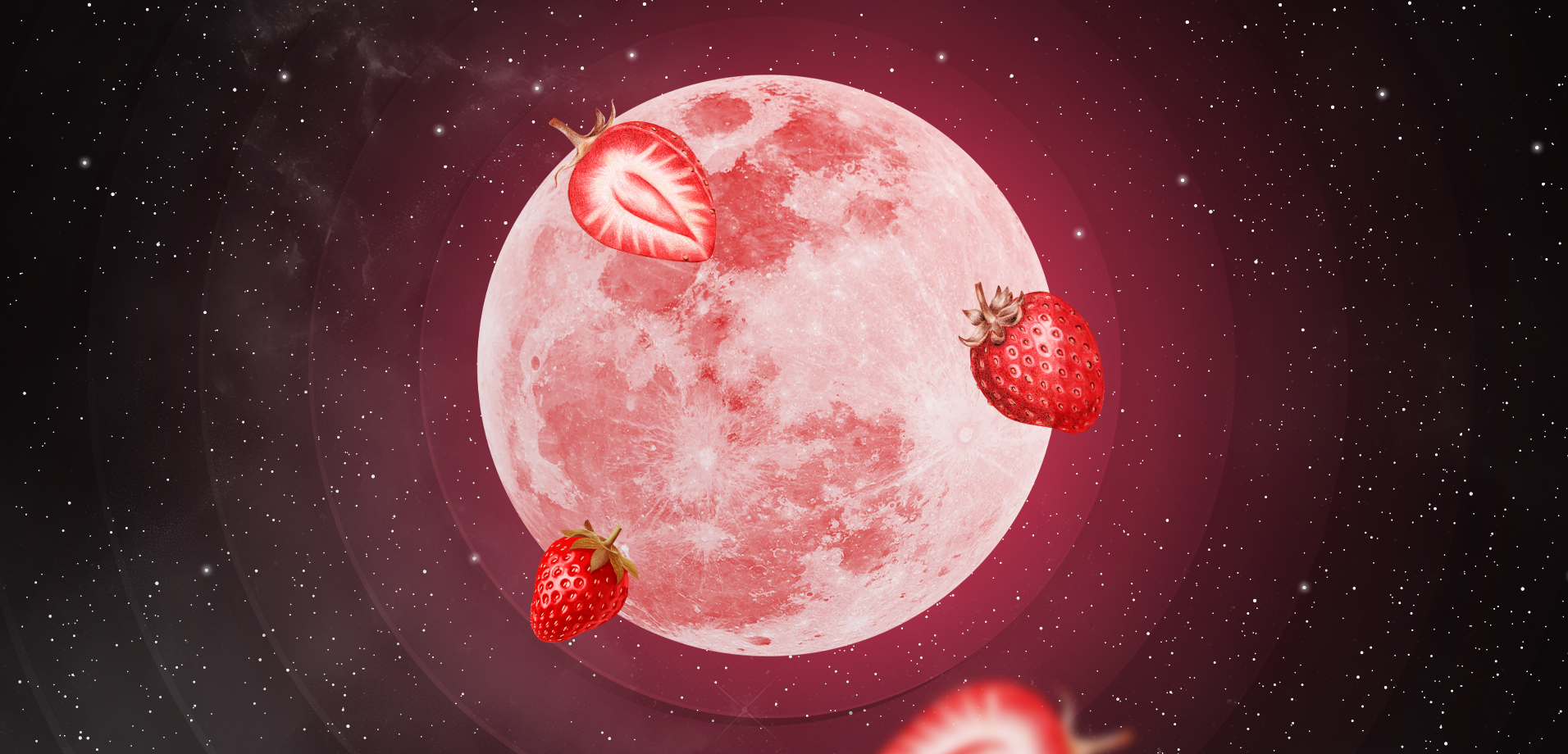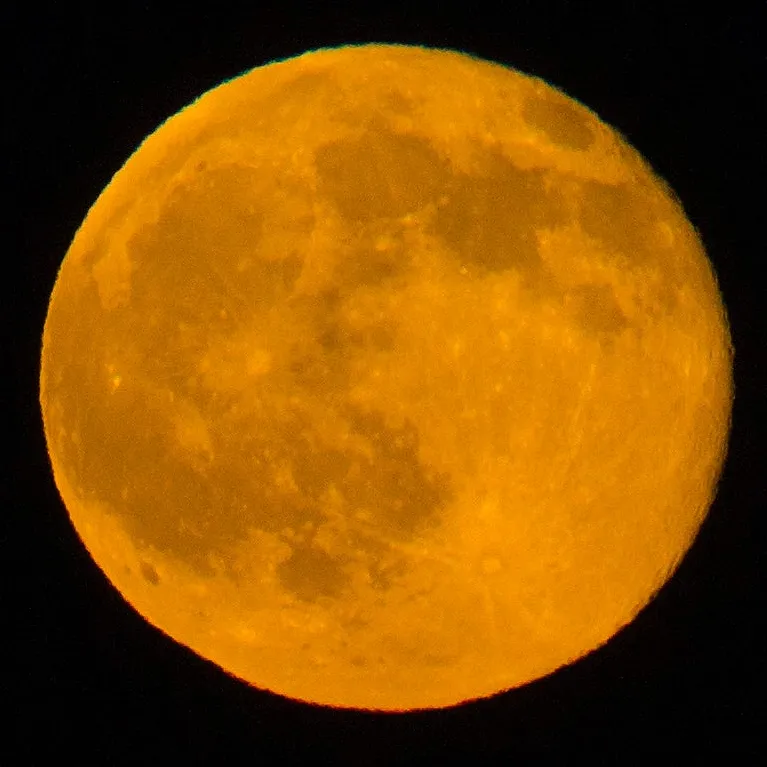June’s full moon promises a spectacular celestial event for skywatchers, featuring an unusually low position in the sky, an impressive size, and potentially vibrant colors. This extraordinary event, known as the “Strawberry Moon,” will grace the evening skies over America on Friday, June 21, the day following the summer solstice.

A Unique Celestial Show
On the evening of June 21, just after sunset, sky enthusiasts can look towards the southeast to witness the full moon rise gracefully above the horizon. According to the Old Farmer’s Almanac, this particular full moon will appear larger than usual due to its low position in the sky, a phenomenon known as the “Moon Illusion.” Although it won’t appear red like a strawberry, it might take on a golden hue, providing a mesmerizing view. The Strawberry Moon will reach its fullest at 9:08 p.m. on June 21, but it will appear full for approximately three days around this time, from Thursday evening through Sunday morning, as noted by NASA’s Gordon Johnston. This makes it an ideal time for skywatchers to enjoy its beauty over multiple nights.
Why It’s Called the Strawberry Moon?
The Strawberry Moon, traditionally the first full moon of summer, has an interesting name rooted in history. Native American Algonquin tribes, along with the Ojibwe, Dakota, and Lakota peoples, named it the Strawberry Moon to mark the period for harvesting ripened strawberries in June. This name has nothing to do with the moon’s color but rather signifies the season of the strawberry harvest. The Maine Farmer’s Almanac began publishing these Native American names for full moons in the 1930s, bringing wider recognition to the term. Other traditional European names for June’s full moon include the Mead or Honey Moon, and the Rose Moon, each reflecting different cultural associations with the time of year.
How to View the Strawberry Moon?
The Strawberry Moon is not only notable for its name but also for its vibrant appearance. Bob Bonadurer, director of the Milwaukee Public Museum’s planetarium, explains that this full moon is the most colorful of the year due to its low, shallow path across the sky. This low trajectory means that moonlight must travel through more of the Earth’s atmosphere, often giving it an orange or yellow tint.

Additionally, NASA points out that this will be the lowest full moon of the year, reaching only 21.9 degrees above the southern horizon early Saturday at 1:20 a.m. The low arc of the June full moon across the sky enhances its size and color, making it a particularly striking sight. For the best viewing experience, observers should find a clear view of the southeastern horizon and watch as the full moon rises. The golden hues and the large appearance due to the Moon Illusion will make this celestial event memorable.
